
Double Star Observing with SkyTools
Great pains have been taken to create the definitive double star database, containing over 72,000 multiple star systems, with up to 20 component stars in a system. Meticulous cross referencing has been made between pairs from the Washington Double Star catalog, CCDM, and Tycho catalogs. Deeper star catalogs that provide accurate positions and proper motions were used to correct the data, often working back in time to recreate the original observations.
Plan For Double Star Observing
The Nightly Planner displays double star pair data and models splittability in the selected instrument. Splittability uses our hybrid model that categorizes pairs as obvious, easy, good, difficult or challenging based on the instrument, seeing, and the altitude of the pair.
The Ideal Eyepiece is determined that will provide the best chance to split the pair, if difficult, or the provide the most pleasing view otherwise.
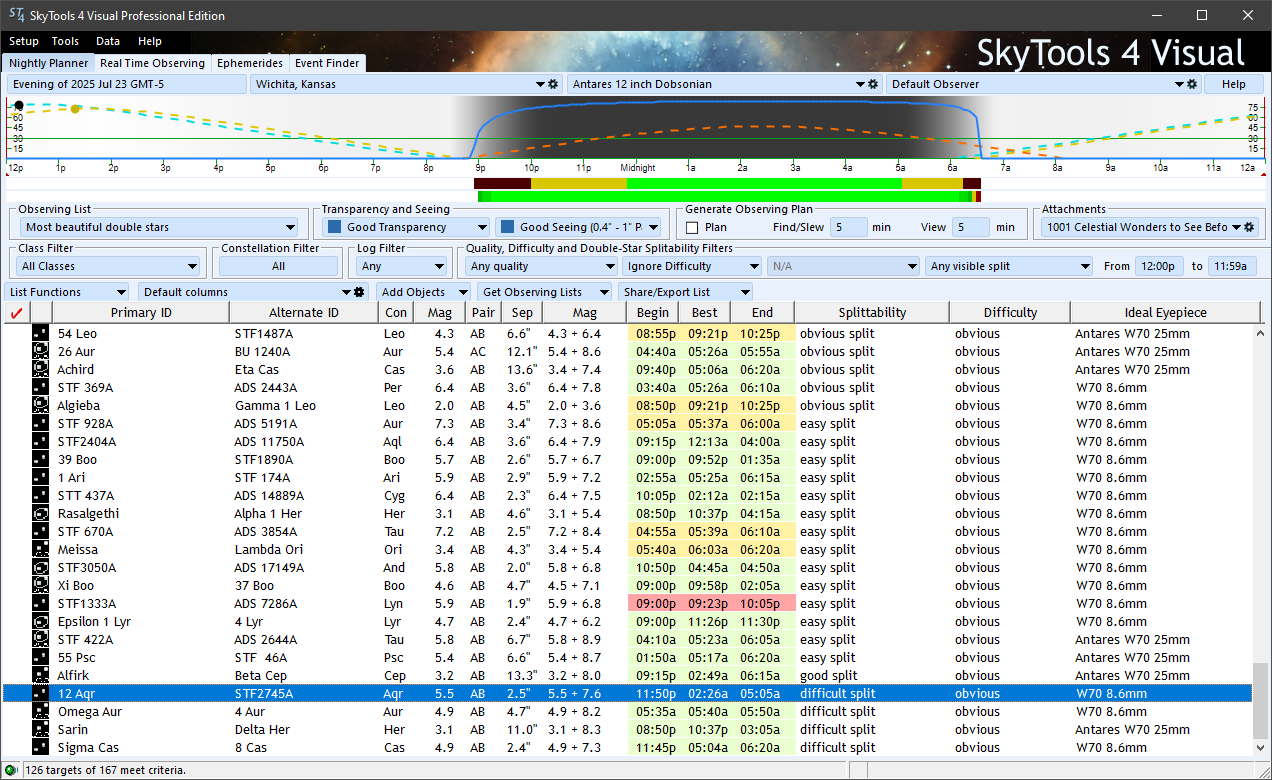
Click to expand - Double star planning in the Nightly Planner
Double Star Components on Charts
When zoomed in, all double and multiple stars split into their components.
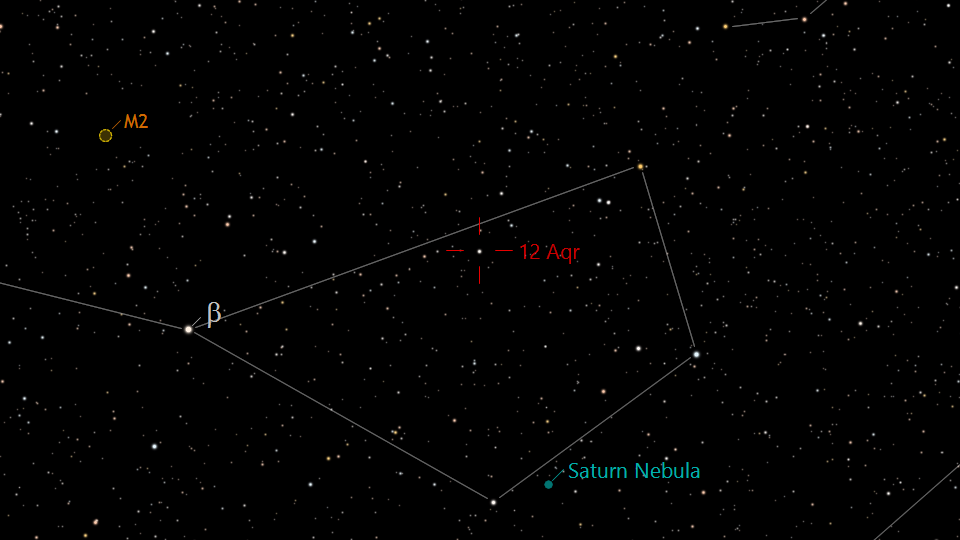
Click to expand - 12 Aquarii on the Interactive Atlas
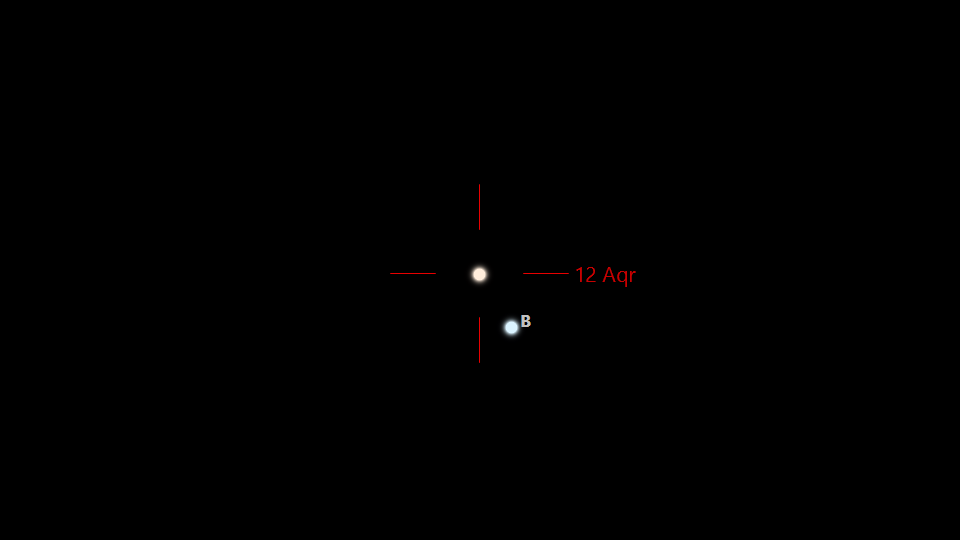
Click to expand - 12 Aquarii zoomed showing components
Long Period Binaries
Long Period Binary stars with orbits are also plotted on the charts when zoomed in, shown at the correct position for the date and time selected. The orbits can be overlaid as well.
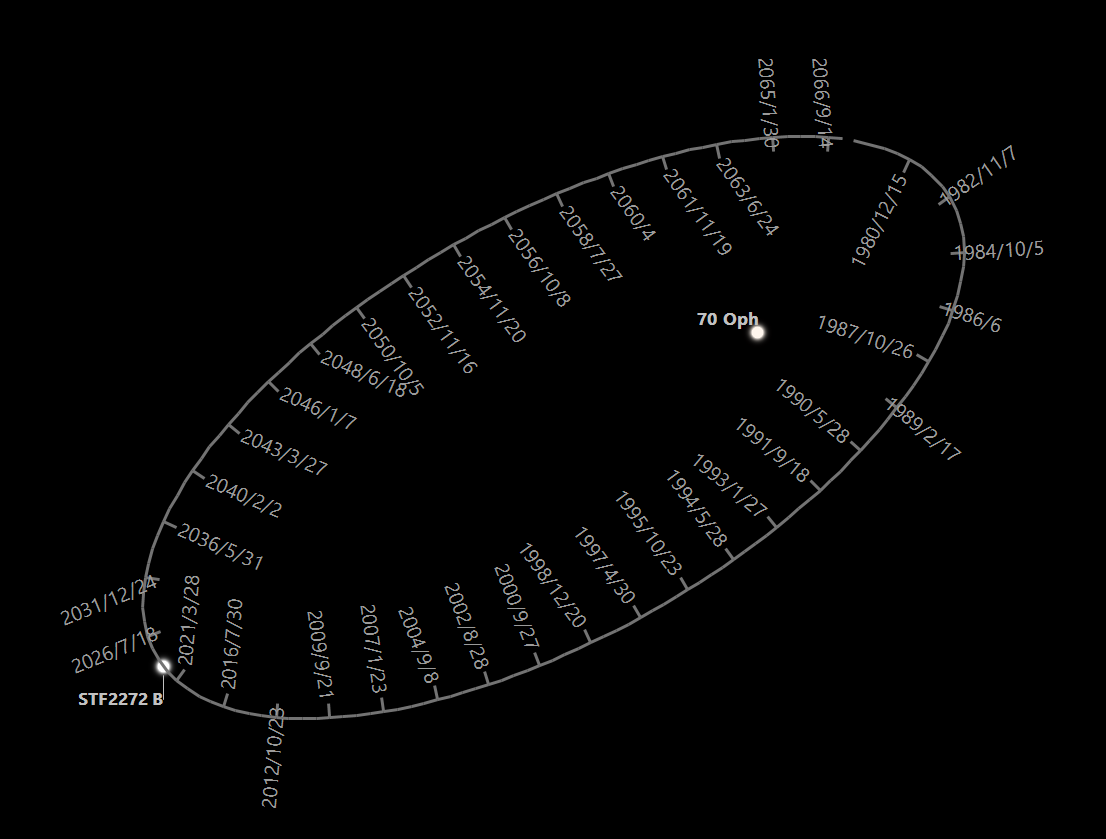
Click to expand - 70 Ophiuchi showing orbital motion over time
Eyepiece Simulations
The Best Resolution setting of the eyepiece view simulates the view in the selected instrument, given the current seeing, altitude, and instrument.
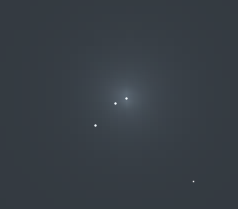
Click to expand - Beta Monocerotis in best resolution eyepiece mode
Every Component Detailed
Detailed information for each pair in a system by provided on the Object Information dialog.
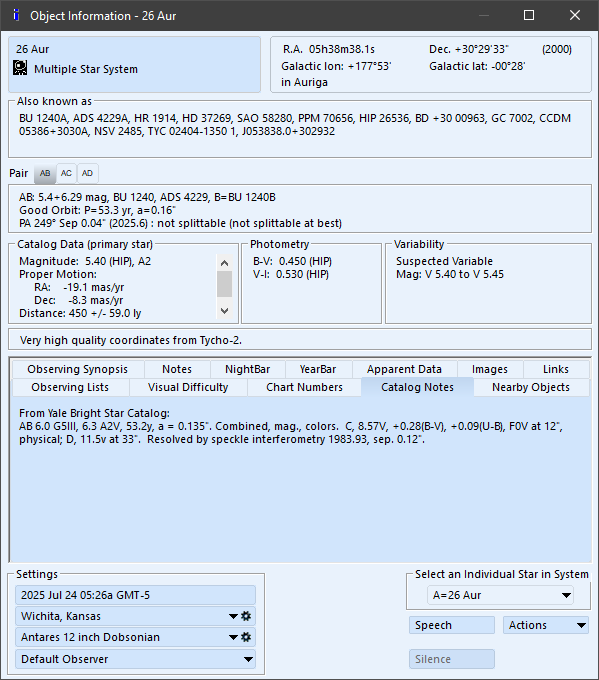
Click to expand - Detailed component information for double star systems